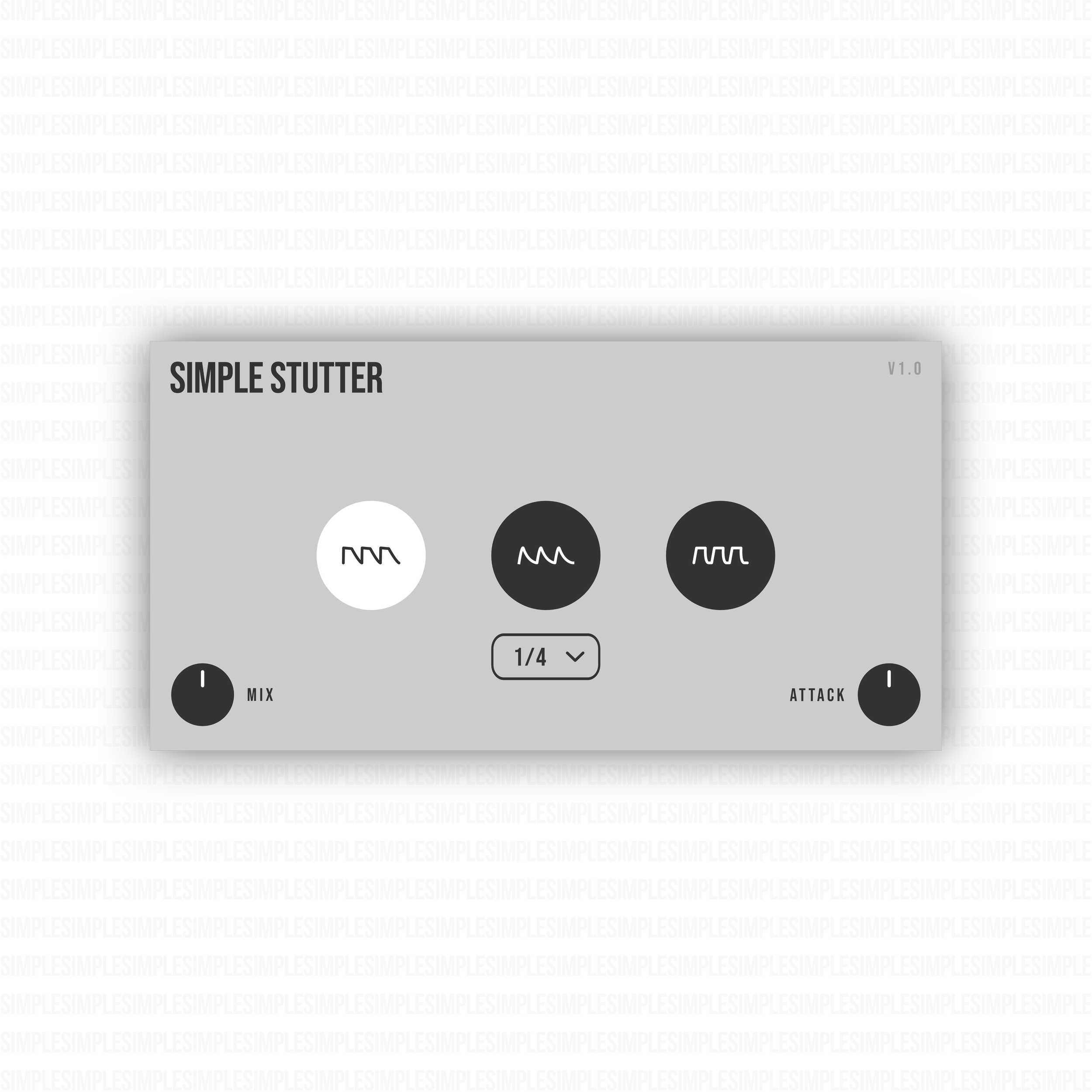How to Compress Vocals
A Beginner’s Guide in 3 Simple Steps
Aspiring musicians and audio enthusiasts often find themselves grappling with the intricacies of audio production. One fundamental technique that can significantly enhance your vocal recordings is compression. Fear not, fellow beginners! In this blog post, we’ll demystify vocal compression and walk you through three straightforward steps to achieve professional-sounding results.What Is Vocal Compression?
Before we dive into the steps, let’s understand what vocal compression entails. Compression is an audio processing technique used to control the dynamic range of a recording. In simpler terms, it evens out the volume levels by reducing the difference between the loudest and softest parts of a vocal track. The result? More consistency to help us balance elements in the mix.Step 1: Choose the “Right” Compressor
Firstly, there is no "right" compressor. Every compressor sounds different and over time you'll find one which you like to use more than others. Check out this article on the different types of compressors.Select Your Compressor Plugin: Most digital audio workstations (DAWs) come with built-in compressor plugins. Look for one labeled “compressor” or “dynamic processor.” If you’re feeling adventurous, explore third-party plugins for additional features.Understand the Parameters:Threshold: Determines the level at which compression activates.Ratio: Defines how much compression occurs once the threshold is crossed.2:1 ratio means that for every 2 dB above the threshold, the output is reduced by 1 dB10:1 ratio means that for every 10 dB above the threshold, the output is reduced by 9 dB.
Attack: Controls how quickly the compressor responds to peaks crossing the threshold.Faster attack times retain transients (initial sound spikes)Slower times smooth out the entire performance.
Release: Dictates how long the compressor holds onto the gain reduction after the signal falls below the threshold.
Step 2: Set Up Your Compressor
Insert the Compressor on Your Vocal Track:Create a new track or use an existing vocal track.Add the compressor plugin to the vocal channel.
Adjust the Threshold and Ratio:Start conservatively. Set the threshold so that compression engages during louder phrases.Experiment with ratios (e.g., 2:1 or 4:1) to find the right balance. Gentle compression is often more transparent.Use the gain reduction meter to get the following rough guideline results:-1dB to -2dB GR = subtle compression-3dB to -5dB GR = transparent compression-5dB GR and over = heavy compression
Fine-Tune Attack and Release:For natural vocals, choose a moderate attack (around 10-20 ms) to preserve transients.Adjust the release time (around 100-300 ms) to match the song’s tempo.
Step 3: Listen and Refine
A/B Comparison:Bypass the compressor and listen to the raw vocal.Activate the compressor and compare the difference. Is it more controlled? Does it sit better in the mix?
Make Subtle Adjustments:Tweak the parameters as needed. Small changes can yield significant improvements.Trust your ears. If it sounds good, it probably is!
Bonus Tips:
Compression is one of the hardest tools to "hear" because it's adjusting gain rather than transoforming the sonics like an overdrive distortion might. So in order to train your ear as to what compression "sounds like" we can set it to an extreme state and then dial it back.Extreme settings:open the threshold up to -50dBset the ratio as high as possibleadjust your attack and release to better hear the results
Dial it back once you’re happy with the settings:set the ratio to a more suitable amountset the threshold so that you’re getting a target gain reduction
Parallel Compression: Create a duplicate vocal track, compress it heavily (10:1 ratio, -20dB GR), and blend it subtly with the original. This adds low level consistency whilst retaining the transients.Sidechain Compression: Use a separate instrument (like a kick drum) to trigger the compressor on the vocal track. This ensures the vocals cut through the mix during busy sections.
Remember, practice makes perfect. Experiment, trust your instincts, and over time you’ll be compressing vocals like a pro.
